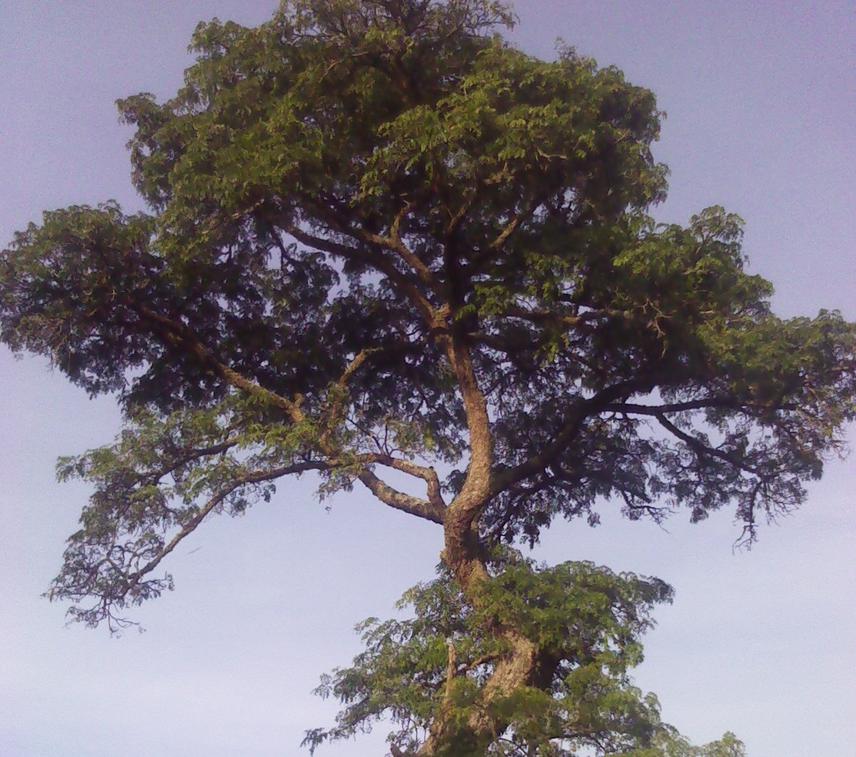Namutebi Estellina
Other projects
20 Apr 2016
Indigenous Tree Reforestation: A Path towards Biodiversity Conservation and Building Resilience to Climate Change
16 Mar 2018
Community Biodiversity Habitat: A Means of Restoring the Lost Habitat and Enhancing Biodiversity Conservation in Nalutuntu Sub-County
To create awareness about the effects of deforestation and train local farmers in sustainable biodiversity management and conservation approaches.

Albizia coriaria Welw. ex Oliv. (Mugavu)
Deforestation annually takes 13million hectares of rainforests worldwide (FAO, 2006). These Forests are a habitat for nearly 90% of the living and non-living organisms in biotic community terrestrial biodiversity (World Bank, 2004). In Uganda many indigenous tree species are becoming extinct due to deforestation as a result of agriculture, urbanisation and industrialisation (Kooten and Bulte, 2000).
Cutting down trees whether on regional or local level, endangers livelihood of living and non-living organisms. Consequently, indigenous tree planting pilot project is directed towards empowering rural community farmers in Nalutuntu village, Mityana District to conserve ecosystem biodiversity. I believe in this statement that ‘‘it’s very important for us to take action at the local level. Because sometimes when we think of global problems we get disempowered. But when we take action at the local level we are empowered’’ (Wangari Mathaai 2004, Nobel Prize Laurent).
In rural areas like Nalutuntu village subsistence farming and charcoal burning has given way to deforestation as a means of earning a living to individual households. The pilot project considers indigenous tree planting to improve the forest cover and enhance rural livelihood. My main goal is creating awareness of the effects of deforestation and train local farmers in sustainable biodiversity management and conservation approaches. This venture is geared towards mitigating charcoal burning and encourage indigenous tree species reforestation, which in the long-run could help in carbon sequestration.
The pilot project will engage in planting specific indigenous tree species, which include Albizia spp (Nongo), Entada abyssinica A.Rich. (Mwoolola), Albizia coriaria Welw. ex Oliv. (Mugavu), and Combretum molle (Ndagi) (Tabuti et al, 2012). These are strong trees that act as wind breakers and contribute to rainfall formation, yet preferred for making good charcoal. These indigenous tree species also contribute in the health aspect as herbal medicine to the community. As well, they fix nitrogen in the soil and reduce the challenge of soil erosion, hence assisting the land to retain water.
I will ensure that 20 households of farmers are trained in biodiversity conservation, through reforestation and other organic farming practices. This is geared towards attaining a sustainable livelihood, which does not encroach on biodiversity. I believe trained farmers will be messengers of biodiversity conservation, especially indigenous tree species within the District. By the end of the project we will be able to apprehend, which way we should take in aspect of biodiversity management and conservation.